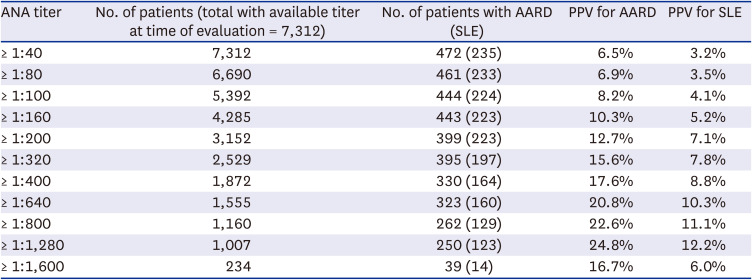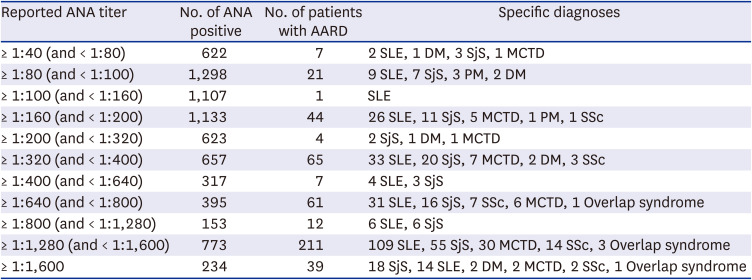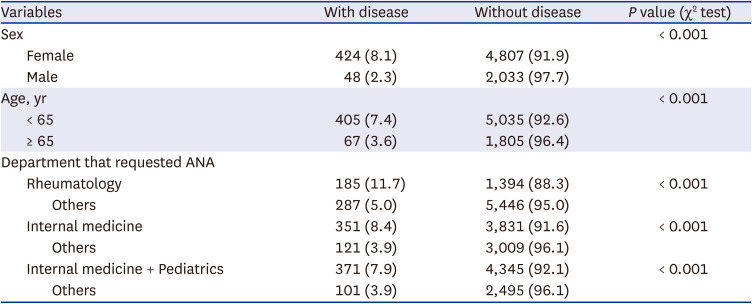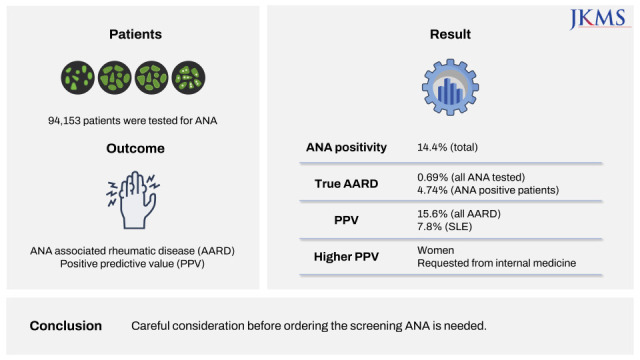1. Brownlee S, Chalkidou K, Doust J, Elshaug AG, Glasziou P, Heath I, et al. Evidence for overuse of medical services around the world. Lancet. 2017; 390(10090):156–168. PMID:
28077234.
2. Chami N, Simons JE, Sweetman A, Don-Wauchope AC. Rates of inappropriate laboratory test utilization in Ontario. Clin Biochem. 2017; 50(15):822–827. PMID:
28483406.
3. O’Sullivan JW, Stevens S, Hobbs FD, Salisbury C, Little P, Goldacre B, et al. Temporal trends in use of tests in UK primary care, 2000-15: retrospective analysis of 250 million tests. BMJ. 2018; 363:k4666. PMID:
30487169.
4. Asola R, Huhtala H, Holli K. Intensity of diagnostic and treatment activities during the end of life of patients with advanced breast cancer. Breast Cancer Res Treat. 2006; 100(1):77–82. PMID:
16758120.
5. Canova C, Anello P, Barbiellini Amidei C, Parolin V, Zanier L, Simonato L. Use of healthcare services at the end of life in decedents compared to their surviving counterparts: a case-control study among adults born before 1946 in Friuli Venezia Giulia. PLoS One. 2019; 14(2):e0212086. PMID:
30730965.
6. Abeles AM, Abeles M. The clinical utility of a positive antinuclear antibody test result. Am J Med. 2013; 126(4):342–348. PMID:
23395534.
7. Yazdany J, Schmajuk G, Robbins M, Daikh D, Beall A, Yelin E, et al. Choosing wisely: the American College of Rheumatology’s Top 5 list of things physicians and patients should question. Arthritis Care Res (Hoboken). 2013; 65(3):329–339. PMID:
23436818.
8. Aygün E, Kelesoglu FM, Dogdu G, Ersoy A, Basbug D, Akça D, et al. Antinuclear antibody testing in a Turkish pediatrics clinic: is it always necessary? Pan Afr Med J. 2019; 32(1):181. PMID:
31312295.
9. Choi HW, Kwon YJ, Park JH, Lee SY, Chun S, Won EJ, et al. Evaluation of a fully automated antinuclear antibody indirect immunofluorescence assay in routine use. Front Immunol. 2020; 11:607541. PMID:
33343581.
10. Fitch-Rogalsky C, Steber W, Mahler M, Lupton T, Martin L, Barr SG, et al. Clinical and serological features of patients referred through a rheumatology triage system because of positive antinuclear antibodies. PLoS One. 2014; 9(4):e93812. PMID:
24705829.
11. Henderson J, Bouck Z, Holleman R, Chu C, Klamerus ML, Santiago R, et al. Comparison of payment changes and choosing wisely recommendations for use of low-value laboratory tests in the United States and Canada. JAMA Intern Med. 2020; 180(4):524–531. PMID:
32040158.
12. Tan EM, Feltkamp TE, Smolen JS, Butcher B, Dawkins R, Fritzler MJ, et al. Range of antinuclear antibodies in “healthy” individuals. Arthritis Rheum. 1997; 40(9):1601–1611. PMID:
9324014.
13. Fernandez SA, Lobo AZ, Oliveira ZN, Fukumori LM, P rigo AM, Rivitti EA. Prevalence of antinuclear autoantibodies in the serum of normal blood dornors. Rev Hosp Clin Fac Med Sao Paulo. 2003; 58(6):315–319. PMID:
14762490.
14. Slater CA, Davis RB, Shmerling RH. Antinuclear antibody testing. A study of clinical utility. Arch Intern Med. 1996; 156(13):1421–1425. PMID:
8678710.
15. Shiboski SC, Shiboski CH, Criswell L, Baer A, Challacombe S, Lanfranchi H, et al. American College of Rheumatology classification criteria for Sjögren’s syndrome: a data-driven, expert consensus approach in the Sjögren’s International Collaborative Clinical Alliance cohort. Arthritis Care Res (Hoboken). 2012; 64(4):475–487. PMID:
22563590.
16. van den Hoogen F, Khanna D, Fransen J, Johnson SR, Baron M, Tyndall A, et al. 2013 classification criteria for systemic sclerosis: an American College of Rheumatology/European League against Rheumatism collaborative initiative. Arthritis Rheum. 2013; 65(11):2737–2747. PMID:
24122180.
17. Hochberg MC. Updating the American College of Rheumatology revised criteria for the classification of systemic lupus erythematosus. Arthritis Rheum. 1997; 40(9):1725.
18. Lundberg IE, Tjärnlund A, Bottai M, Werth VP, Pilkington C, Visser M, et al. 2017 European League Against Rheumatism/American College of Rheumatology classification criteria for adult and juvenile idiopathic inflammatory myopathies and their major subgroups. Ann Rheum Dis. 2017; 76(12):1955–1964. PMID:
29079590.
19. Li X, Liu X, Cui J, Song W, Liang Y, Hu Y, et al. Epidemiological survey of antinuclear antibodies in healthy population and analysis of clinical characteristics of positive population. J Clin Lab Anal. 2019; 33(8):e22965. PMID:
31313384.
20. Menor Almagro R, Rodríguez Gutiérrez JF, Martín-Martínez MA, Rodríguez Valls MJ, Aranda Valera C, de la Iglesia Salgado JL. Association between antinuclear antibody titers and connective tissue diseases in a Rheumatology Department. Reumatol Clin. 2017; 13(3):150–155. PMID:
27221374.
21. Arbuckle MR, McClain MT, Rubertone MV, Scofield RH, Dennis GJ, James JA, et al. Development of autoantibodies before the clinical onset of systemic lupus erythematosus. N Engl J Med. 2003; 349(16):1526–1533. PMID:
14561795.
22. Heinlen LD, McClain MT, Merrill J, Akbarali YW, Edgerton CC, Harley JB, et al. Clinical criteria for systemic lupus erythematosus precede diagnosis, and associated autoantibodies are present before clinical symptoms. Arthritis Rheum. 2007; 56(7):2344–2351. PMID:
17599763.








 PDF
PDF Citation
Citation Print
Print




 XML Download
XML Download